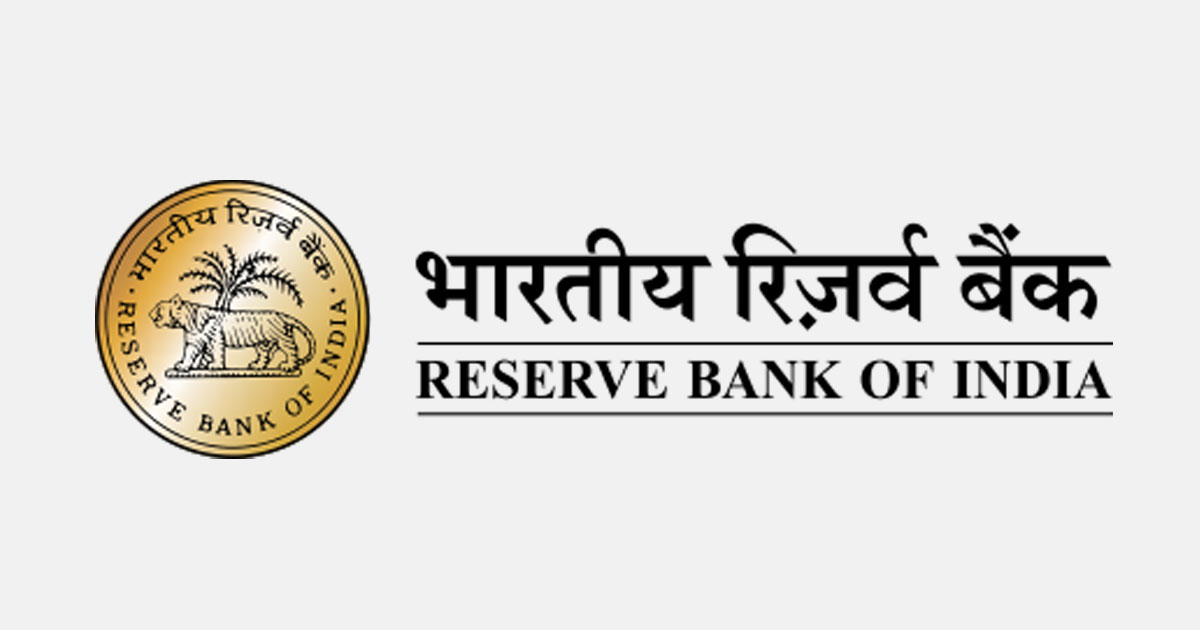Investment sans consumption could hamper inclusive growth: RBI
22 Jan 2024

The Indian economy recorded stronger than expected growth in 2023-24, underpinned by a shift from consumption to investment. While the government’s thrust on capex is starting to crowd-in private investment, the volatility in inflation driven by higher food prices, could affect inclusive growth, says the Reserve Bank of India’s (RBI) State of the Economy report.
The first advance estimates of India’s national income for the 2023-24 financial year projected by the National Statistics Office (NSO) has underpinned the upside surprise of a shift from consumption to investment, with the government’s thrust on capex starting to crowd-in private investment. Also, the growth in corporate profitability quarter after quarter has incentivised the creation of fixed assets.
The housing market is seeing its highest sales in more than a decade and real estate is exhibiting remarkable resilience and adaptability.
However, private consumption, which accounts for 57 per cent of GDP, continues to lag despite the slow but steady revival of the rural economy. This could partly be due to the volatile nature of inflation that results in a failure to sustain inclusive growth, says the RBI report.
RBI expects global economic growth in 2024 to mark a real leap not in just time, but for all losses accumulated over the preceding three years that followed the pandemic. With 2023 ending on a high note despite formidable odds, and growth projections consistently proved pessimistic by incoming data, global growth that are currently projected to be below 3 per cent for 2024 may also reach the upside.
Also, the global economy has displayed an extraordinary resilience, despite wars, tight financial conditions and the havoc wreaked by climate change. Economies across the world are adapting better than expected, providing a strong bedrock for the year ahead.
With food and energy prices on the ebb inflation has ebbed worldwide – although the tensions in the Red Sea may prove an aberration.
Economies that are sagging today may look forward to milder outcomes in 2024 as the widely predicted recession has failed to occur.
Global trade growth, which had flattened in 2023, is expected to recover in 2024, although it will likely remain below its pre-pandemic trend.
According to the World Bank, the expected upturn in trade volume will reflect a recovery in the demand for goods.
International tourism has been showing signs of a robust recovery, particularly in Asia, and is expected to reach pre-pandemic levels by 2024.
However, there is an emerging trend of realignment in international trade relations, with countries seeking to secure supply chains closer to home or from more resilient sources – a development that would result in a structural shift in international trade.
And, even as economies diversify, new trade corridors are emerging as also more trade agreements with market access provisions.
In the financial markets, the prospects of lower borrowing costs and slower central bank selling of treasuries in order to avoid liquidity stresses is acting like a tail wind for bond markets, bringing yields off their 2023 highs. The US dollar is trading below critical resistance levels, and this has lifted the downward pressures weighing down other currencies through 2023.
Markets remain volatile despite the growing optimism that is propelling stock markets to new records, channeling money into equities and debt.
While global emerging market debt funds have once again started to attract inflows, still high borrowing costs and accumulated currency depreciations keep debt sustainability risks high, says the report.
Tighter supplies of food staples are expected amidst changing climate conditions that are forecast to continue in the first half of 2024, putting at risk farm production.
India is rapidly emerging as a global leader in hosting global capability centres (GCCs), which could spawn quality real estate, competitive rental rates, an extraordinary talent pool, and a consistently growing economy. The share of GCCs in the total office real estate transactions in India rose to 35 per cent in 2023. It is estimated that by 2025, India will have 1,900 GCCs with a market size of US $ 60 billion.
Also, India’s surging data centre capacity, which is poised to exceed one gigawatt by 2024 is expected to position the country as a global data centre hub.
RBI’s latest assessment of the performance of the banking sector points to a steady expansion in the consolidated balance sheet of scheduled commercial banks (SCBs), driven by credit to retail and services sectors. Higher net interest income and lower provisioning boosted net interest margins (NIMs) and profitability. The capital to risk weighted assets ratio (CRAR) of SCBs was 16.8 per cent at end-September 2023, with all bank groups meeting the regulatory minimum requirement and the common equity tier 1 (CET1) ratio requirement comfortably
The report flagged concern over increasing interconnectedness of banks and NBFCs, with the latter needing to broad base their funding sources and reduce overdependence on bank funding.
The RBI’s semi-annual Financial Stability Report (FSR) of December 2023 also assessed the domestic financial system to be resilient, supported by strong macroeconomic fundamentals, healthy balance sheets of financial institutions, moderating inflation, improving external sector position and continuing fiscal consolidation
With the current account deficit remaining modest, domestic saving is financing growth in India in a world buffeted by daunting headwinds. Spillovers to gross value added by trade are also showing up in the NSO’s first advance estimates, says the report.
The slowdown in exports has emerged as a drag on growth, but the outlook is lighting up at new frontiers, the report noted.
The report calls for regulatory measures focused on stemming systemic risk, reducing regulatory arbitrage, expanding secure digitalisation, improving efficiency of markets, ensuring customer protection and expanding access to finance.





















